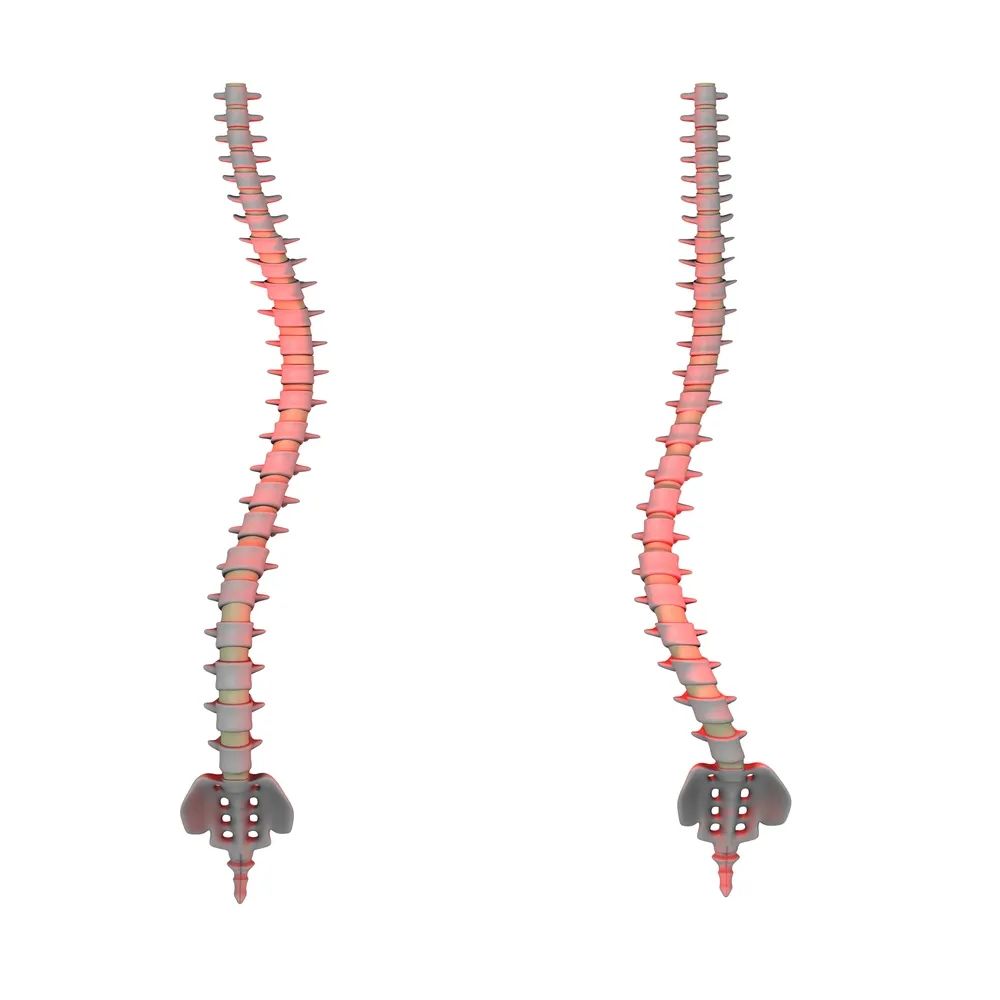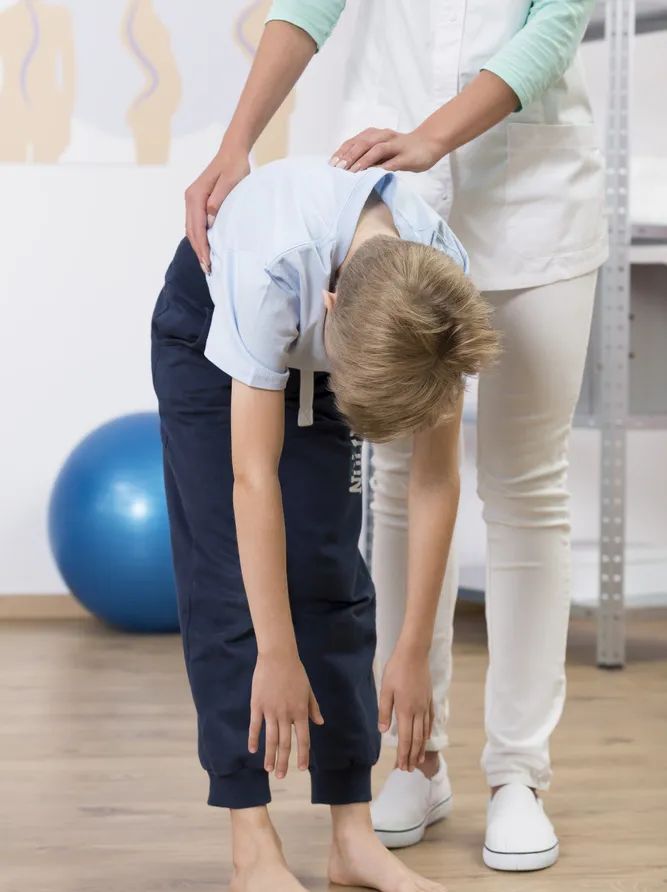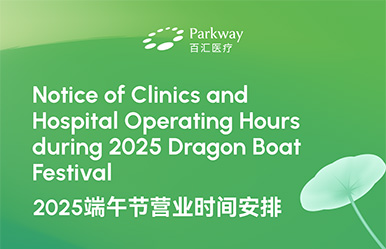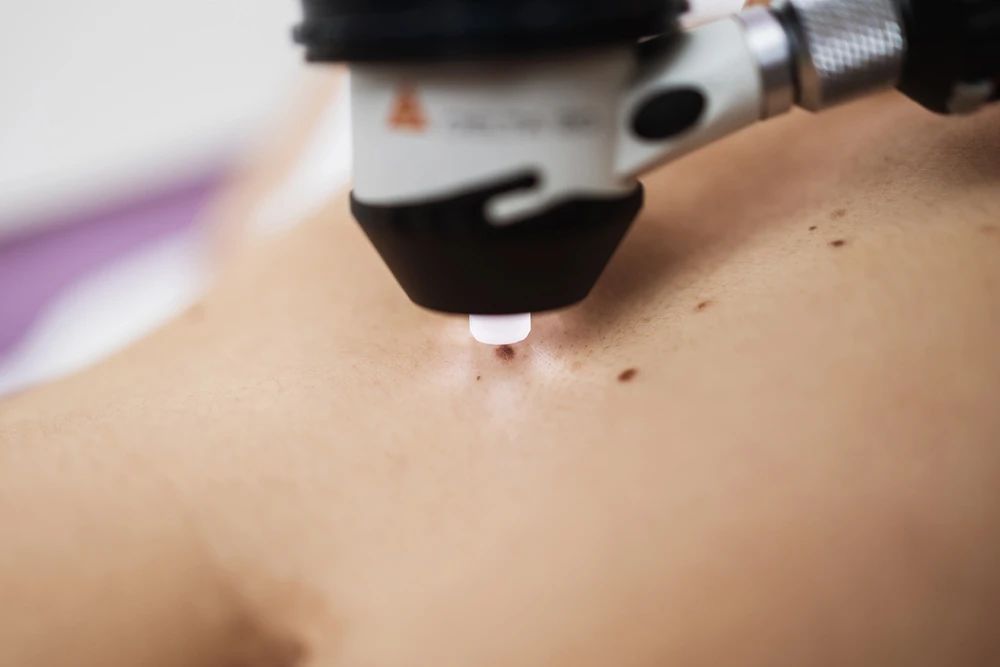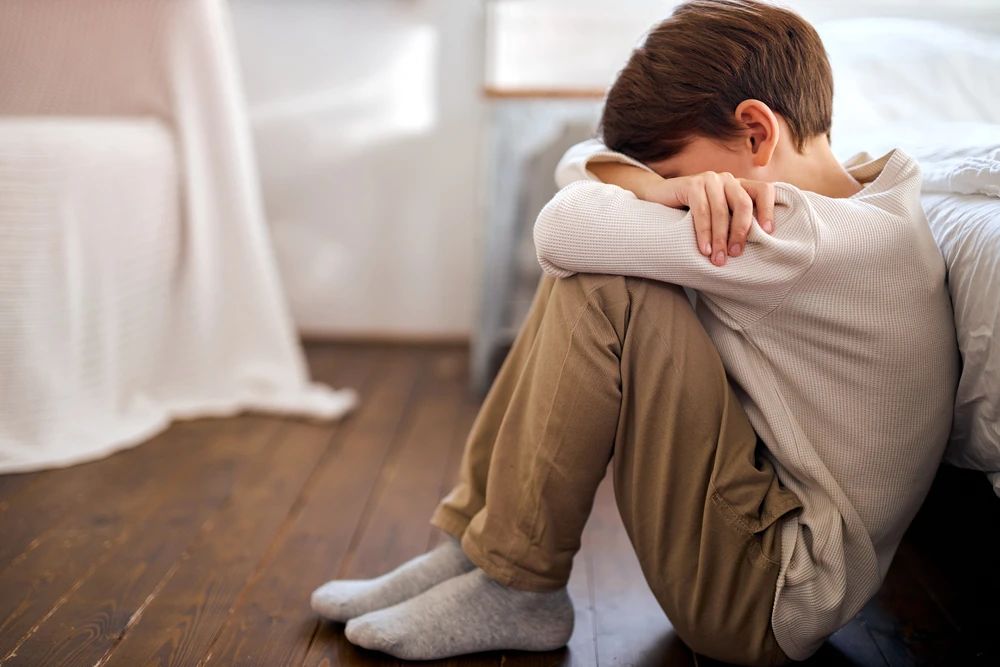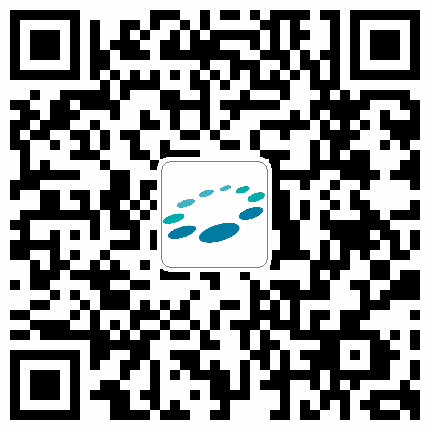What to Know About Scoliosis
2023-03-16
PARKWAY 百汇医疗 What is Scoliosis? Scoliosis is a sideways curving and twisting of the spine. Sign of scoliosis include uneven shoulders, shoulder blades, waist creases or rib cage, or a tilted head. It usually doesn’t cause pain, but symptoms to look out for include uneven shoulders and leg length. Mild cases may only need monitoring by a doctor. About 2% of the population is affected by scoliosis, and can affect people of any age, but it is most common in adolescents. What Causes Pediatric and Adolescent Scoliosis? Idiopathic scoliosis is the most common type, but because it runs in the families, it has a genetic basis. Congenital scoliosis is a rare spine abnormality detected at birth. Neuromuscular scoliosis is a curvature of the spine caused by abnormalities in the muscle and nerves that support the spine. Several Steps for Evaluation: Family history of the scoliosis, and will also be used to screen for birth defects or trauma that may explain the curvature of the spine. Doctor will conduct physical examination of child’s back, chest, pelvis, legs, feet, and skin. Will also see if the child’s shoulders are level, whether the head is centered and whether opposite sides of the body look level. Bend forward so that the back muscle can be examined, and to see if one side of the rib cage is higher than the other. While checking the limbs, the doctor will be evaluating whether the limbs are the same length, check for abdominal muscle strain, which can cause spinal curvature. May be ordered X – ray of the spine to confirm the diagnosis of scoliosis. The X ray will be taken with your child standing so that the entire spine can be seen. Then the curves of the spine will be measures as shown on X ray. Curves that are greater than 25 degrees may require treatment and will be refer to an orthopedic spine specialist for treatment. Who is likely to get scoliosis? We can detect scoliosis earlier if we know the profile of a typical scoliosis child and what to watch for in child’s posture. Mostly affect girls and boys aged 8-14, girls are prone more than a boy, children with a thin or lanky body shape, if a child whose parent or sibling has scoliosis. Most children with scoliosis will have mild cases that only require monitoring every 4-6 months. Article contributed by Dr. Martina Sunic Omejc, Pediatrician of Parkway.